Do you know YOUR primary acne cause? Still struggling with an unsure self-diagnosis?
We created a short quiz to help you Discover YOUR Acne Cause
Time to get fit, buff up, drop weight, look and feel healthier. Wherever your dreams lie, you’re resolving to make change happen. And your diet is a key ingredient in your plan.
But hey, can diet affect acne? You betcha!
Let’s reveal 3 diet-related booby traps hiding inside your favorite “get healthy” plans, so you can make skin-safe resolutions instead.
“Get Healthy” Plan #1 ― Smoothies
Smoothies are so addicting! Delicious and easy to make, there are endless ways to combine your favorite fruits, vegetables, greens, and liquids into a healthy snack or complete, nutritious meal.
Three popular smoothie additions include maca powder, spirulina (i.e., blue green algae) and kelp.
Maca is a cruciferous plant, native to the Andes of Peru. It’s a great source of protein, is used for estrogen balancing, is known for its antioxidant properties and has a long history of culinary uses for promoting fertility and vitality. The root is commonly dried and consumed in powder form as well as capsules and liquid extract.
Spirulina is a good source of protein, and both it and kelp are nutritionally-dense “superfoods” from the sea that contain a plethora of vitamins and minerals. Formed into powders, they’re easy to add whenever you whip up a smoothie or green drink.
The problem is, if you’re struggling with acne, maca, spirulina, and kelp are big no nos.
The culprit is the iodine.
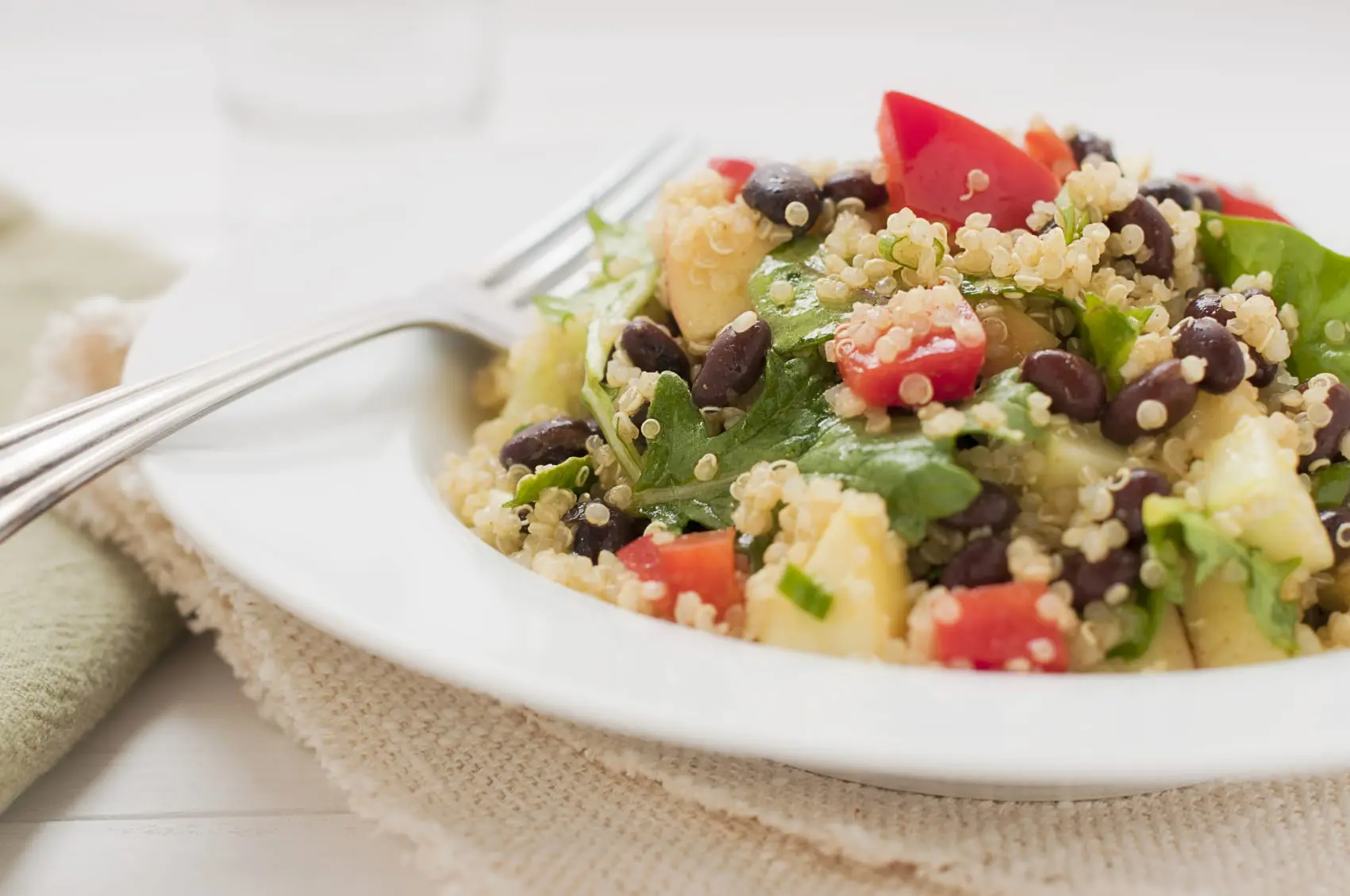
On the positive side, iodine is a micronutrient that’s essential for the production of thyroid hormones. These are critical for energy metabolism and growth, as transmitters of nervous stimuli, and are an important factor for brain development.
Because our bodies can’t synthesize it, our primary source of iodine is through diet via consumption of foods that have been fortified with iodine, like table salt, cow’s milk, and cheese, as well as foods naturally abundant in the micronutrient because of where they grow―such as maca, algae, and sea plants.
However, if you’ve got acne―beware. Once iodine enters the bloodstream, any excess is excreted through the oil glands in your skin’s pores, which in turn irritates the pores and causes acne breakouts. As you continue to consume these powders in your smoothies and elsewhere (along with other common foods high in iodine), you’re perpetually aggravating your skin and contributing to your breakouts.
Your Skin-Safe Resolution?
“Get Healthy” Plan #2 ― Protein Boosters
Want to work out more this year? Walk, run, ride? Row, spin, lift weights? Whatever your favorite sport or exercise, it’s all good news for your body, mind, and spirits.
Hand-in-hand with upping your activity level, it’s important to consider upping your protein level to support your increasing lean muscle mass.
For quick and easy protein boosters, athletes and fitness buffs often turn to eggs, whey protein shakes and soy. However, if you’ve got acne, think twice!
Egg Yolks
Biotin, also known as vitamin B7 or vitamin H, is an important component of enzymes in the body that break down fats, carbohydrates, and other substances. Our bodies produce biotin naturally from intestinal bacteria. And biotin is found in common foods like milk, oysters, liver, and egg yolks. Unfortunately, relying on whole eggs for extra protein can cause breakouts.
See our supplements that can cause acne for more information on the link between biotin and acne.
Here’s the catch. Upping your whole egg intake can overwhelm vitamin B5 absorption in your intestines, as B5 and B7 rely on the same receptors, leading to a vitamin B5 deficiency. B5 is believed to help reduce acne lesions on the surface of the skin. Therefore, a deficiency could lead to breakouts.
Whey Protein
The darling of the bodybuilding set and other athletes, whey is a “go to” protein used to build muscle mass, increase strength and even lose weight. It’s nutritious and high in amin
o acids.
Whey protein is sourced from cow’s milk, from the liquid that forms during cheese production. For instance, ever open up a yogurt container and see liquid on the top? Yep, THAT is whey. The powder form you can add to smoothies and shakes is isolated from that liquid.
So, what’s the issue? According to research, there’s a link between whey protein and stimulation of higher insulin levels (which can increase androgen production and in turn increase oil production in your skin), as well as pore clogging and inflammation of hair follicles. Studies of athletes also demonstrate that consumption of whey protein triggers acne on their bodies.
Moreover, because it’s sourced from dairy cows, whey protein powders contain acne-aggravating iodine.
Soy
Soy is a great source of plant protein and boosts your fiber intake, which is important for a healthy gastrointestinal system. It contains omega-3 fats and is a good source of vitamins and minerals.
Here’s the not so good news.
Soybeans are high in phytoestrogens―naturally-occurring plant compounds that are structurally and/or functionally similar to estrogen. When phytoestrogens enter the body, the body’s estrogen receptors treat them as if they were estrogen.
Phytoestrogens can disrupt the body’s hormonal balance by decreasing estrogen production. Like a teeter totter, as estrogen levels go down, androgen production goes up. In turn, elevated androgens bind to oil glands in the skin, telling the oil gland to produce more sebum. This excess oil combines with dead skin cells, debris, and bacteria and causes pimples to form. You see the results with acne flare ups, especially along your jawline and chin.
Moreover, according to National Institute of Health (NIH) research, “many (phytoestrogens) are also considered endocrine disruptors, indicating that they have the potential to cause adverse health effects (such as cancer).”
Plus, it’s hard to escape soy’s impact. In addition to soy milk, tofu and tempeh, NIH research finds that soy is found in upwards of 60% of processed foods―even energy bars and
sport drinks!
Your Skin-Safe Resolution?
Get Healthy Plan #3 ― Cleanses
Do you do cleanses? Are you curious to learn more?
Basically, a cleanse means eliminating most or all solid food for a day to a month to help your body purge toxins accumulated from the environment (e.g., pesticides and mercury from fish you eat). Cleanses are also used to eliminate and/or test for foods you may be allergic to or have a sensitivity to so that you can stop any related inflammation.
The idea behind cleansing is to purge your liver of accumulated toxins and allow your digestive system to rest, heal and better absorb nutrients in the future. Results can include weight loss, increased energy, reduced puffiness, lower bodily toxins and even brighter, clearer skin!
There are many cleansing kits on the market today that consist of pills or supplements. And you can purchase these kits online, at health food stores and at big box natural food stores.
Here’s the tricky thing…
Some cleansing kits contain acne-aggravating ingredients. The top culprits we found in a quick survey of “top ten cleanses for 2019”?
-
- Spirulina
-
- Chlorella
-
- Kelp and other seaweed
-
- Soy
The first three ingredients have iodine, which contributes to breakouts, while soy can disrupt your hormonal balance, which can also lead to more breakouts.
Your Skin-Safe Resolution?
If you want to purchase a ready-made kit, be sure to avoid acne-aggravating ingredients. For a safe, whole food alternative, try Natural Acne Clinic’s 3-Day Clear Skin Cleanse. I created this specifically for acne-prone skin and for liver detoxification. It includes a daily meal plan, all your recipes, shopping list and naturopathic remedies such as castor oil packs and enemas to support healthy detoxification!
Summary
I’m so excited you’ve resolved to get healthier this year! Congrats!
However, when it comes to the “booby-trap” foods we noted above, please don’t think there’s a special “anti-acne diet” or that “If I just avoid these acne-triggering foods I’ll clear my skin.” It’s NOT just about what you eat or what you avoid eating that can make your acne better. That’s only PART of the answer.

Remember, there are MULTIPLE acne triggers potentially causing your skin grief, and food is just one.
While adopting our recommended “Skin-Safe Resolutions” will help you move forward to healthier skin, keep in mind there’s more to the story to eliminate acne and finally achieve the beautiful, clear complexion you desire.
Want clear skin THIS year?
Now you can discover ALL your unique acne triggers and get a personalized Acne Treatment Plan to put you on the path for smooth, beautiful skin. Check out our Online Acne Consult now!
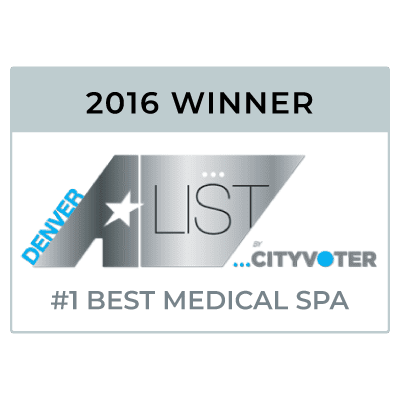
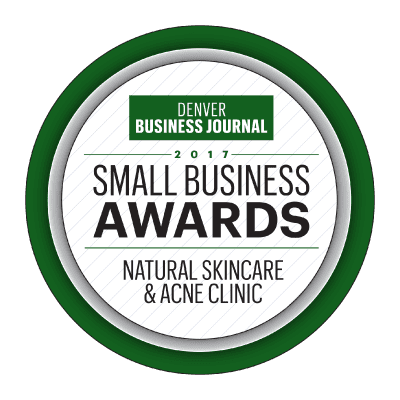
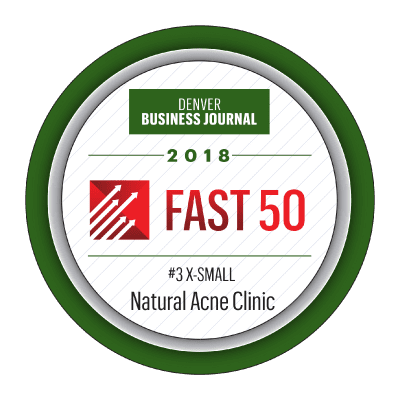
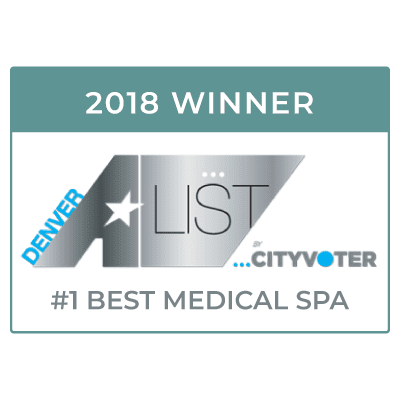
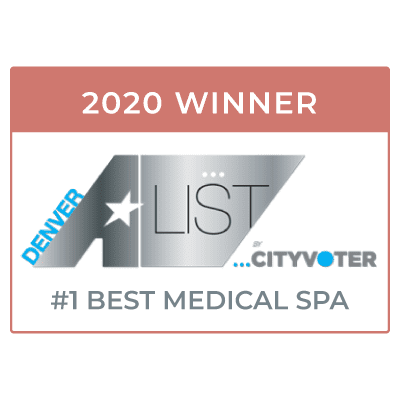

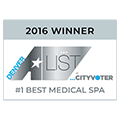
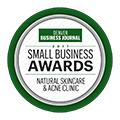
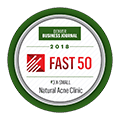
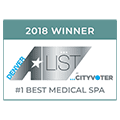
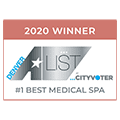

I went through the 16 week virtual acne program almost a year ago. I’m happy to say that I’m still clear. My shoulders and back are unrecognizable, because how far it’s come, it healed and has stayed clear! I couldn’t be happier to be able to wear sleeveless shirts again. My face is a work in progress, as are many things in life, but I have the tools and knowledge to keep my acne at bay. BUT, it’s still more clear than it ever has been in my adult years… getting off birth control made my face go crazy… I’m happy to say that I never went back on oral contraceptives to “fix” my acne, I stuck with the program and so happy I have. I’m happier, healthier, and more clear than if I would have given in. Best decision for my acne I have ever made! Amazing program and great people!